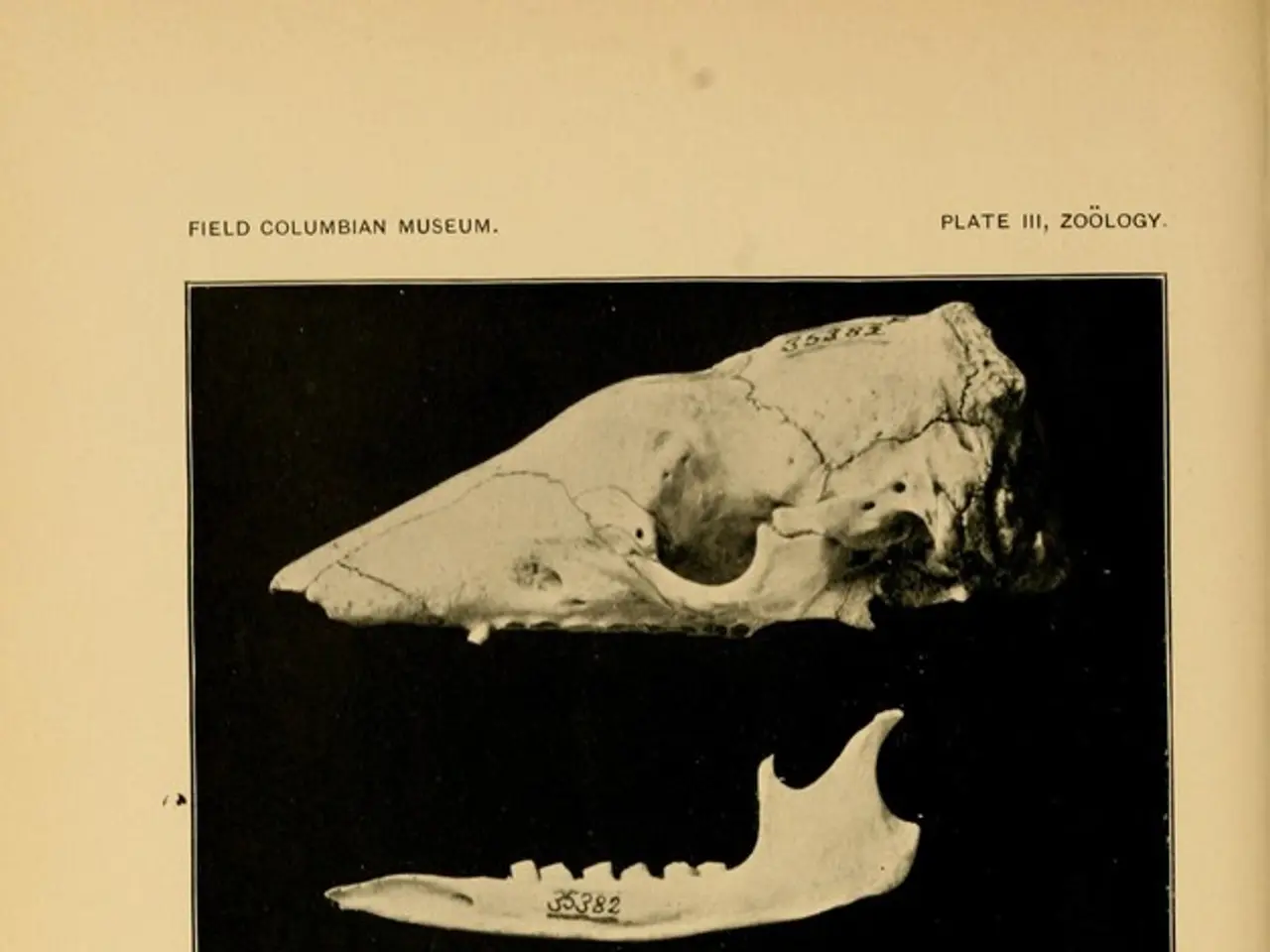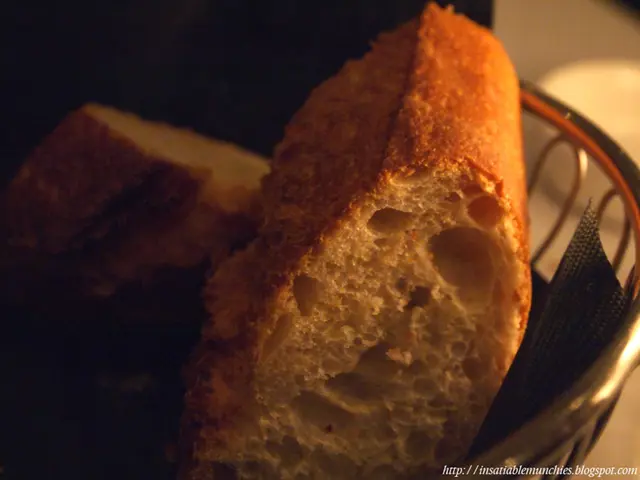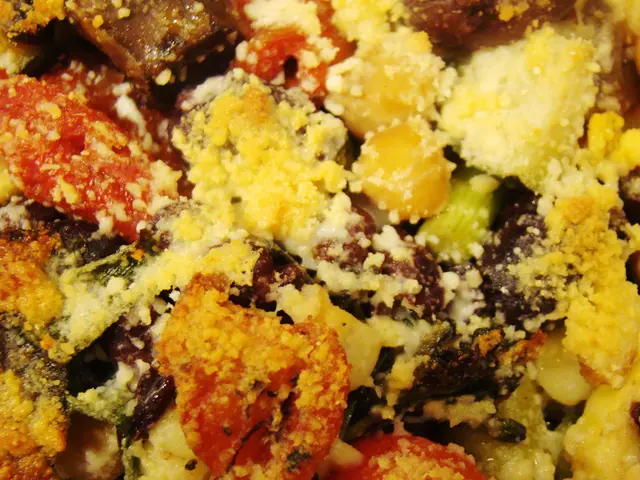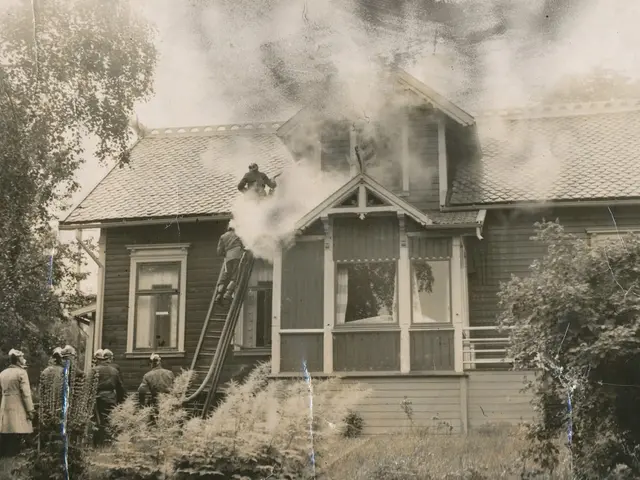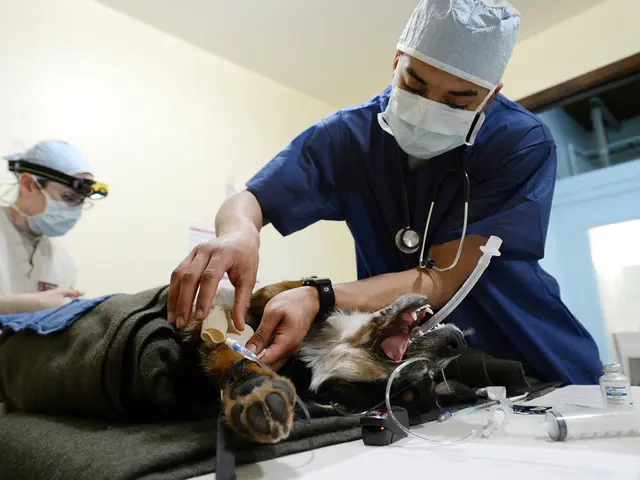Princess Amalia Recovers from Forearm Fracture After Horse-Riding Accident
Princess Amalia, known for her recent arm injury, has recovered from a fracture sustained during a horse-riding accident last summer. The incident highlighted the forearm's vulnerability to fractures, particularly during falls.
The forearm, the lower part of the arm between the elbow and hand, is prone to such injuries. It consists of two long bones, the ulna and radius, which form a joint enabling palm rotation. Princess Amalia's fracture occurred when she instinctively extended her arm during a fall from a horse.
The forearm's bones are supplied with blood by two main arteries, the radial and ulnar, which branch into smaller ones to nourish the muscles. Sensory function is provided by skin covering the forearm, with hair density varying among individuals. Nerves, including the radial, ulnar, and median, along with their distal branches, innervate the forearm's components.
Princess Amalia's recovery from her forearm fracture serves as a reminder of the forearm's susceptibility to injury, particularly during falls. Understanding the forearm's structure and function can help appreciate the complexity of such injuries and the importance of proper care and recovery.
Read also:
- FDA's Generic Mifepristone Approval Sparks Pro-Life Concerns Over Safety and States' Rights
- Understanding Child Development: Causes and Signs of Delays
- Top Superfoods for Hormonal Health: Avocados, Berries, Flaxseeds, Turmeric, and Cruciferous Veggies
- Pope Francis' New Book 'Let Us Dream' Offers Unity and Hope for Post-Covid World
